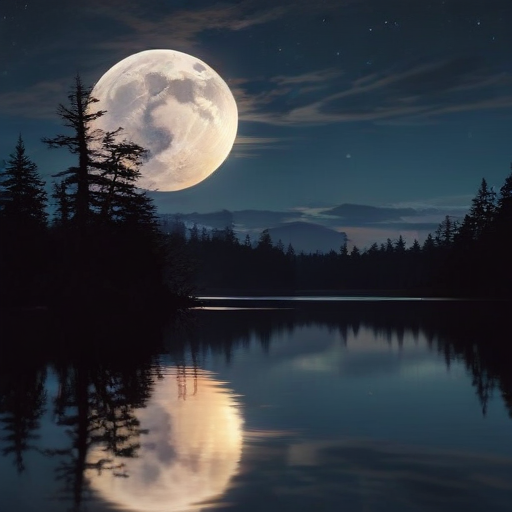The upcoming full moon in November 2024, known as the Beaver Moon, will be a supermoon, making it appear larger and brighter than a typical full moon. It will reach its fullest point officially on Friday, November 15, at 3:29 p.m. CST. Although the peak will be during the day, observers will have the chance to enjoy its brilliance on the nights of Thursday, November 14, and Saturday, November 16, as it rises in the east around sunset and sets in the west near sunrise.
This will be the fourth and final supermoon of 2024, following the August blue moon, September’s harvest moon, and October’s hunter’s moon. Skywatchers can look forward to a stunning display before winter’s cold settles in, providing an opportunity to experience one last bright moonlit night.
The term “Beaver Moon” comes from the Old Farmer’s Almanac, which reflects Native American naming traditions. This title signifies the time when beavers prepare their homes for the winter and when it was optimal to set beaver traps before the waters froze. Interestingly, if the full moon occurs before November 7, it is referred to as the hunter’s moon.
In addition to the Beaver Moon, different Native American tribes have their own unique names for this month’s full moon, showcasing the diverse cultural significance attributed to the lunar phases.
This month’s supermoon occurs when the moon is at its closest to Earth, approximately 224,895 miles away. Supermoons can appear about 7% larger and 15% brighter than a standard full moon, creating a spectacular visual experience. Conversely, when a full moon occurs at its farthest point from Earth, it is known as a micromoon.
Looking ahead, the next full moon will be the Cold Moon, which will peak on December 15, 2024, marking the transition towards colder winter months. Unlike this month’s Beaver Moon, December’s lunar event will not be classified as a supermoon.
In summary, the Beaver Moon will provide a breathtaking celestial event this week, inviting everyone to step outside, gaze upwards, and appreciate the wonders of our solar system as we transition into winter. It’s a beautiful reminder of the natural cycles that connect us all, providing a chance for contemplation, awe, and community as we share in the beauty of the night sky.
